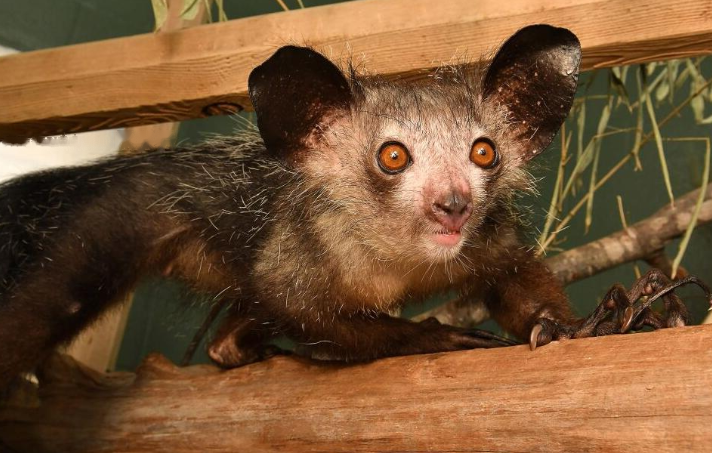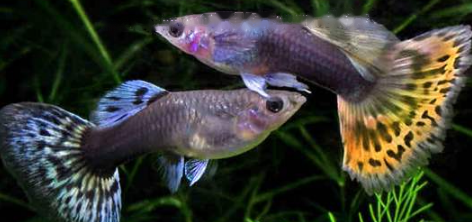California Rabbit Plague, for which there is currently no effective drug treatment. The key is to inoculate the rabbit plague vaccine for prevention, intramuscular injection of 1 ml in 1-2 month old rabbits, and intramuscular injection of 2 ml of rabbit plague vaccine in adult rabbits can effectively prevent the disease. Once a rabbit becomes ill, it can be isolated and observed immediately, and emergency vaccination against rabbit plague is carried out to the whole group, and good results can also be obtained.

Rabbit Pasteurellosis, only need to be vaccinated against Pasteurella rabbits, can be effectively prevented. After the onset of the disease, 0.50 g of streptomycin plus 400,000 units of penicillin can be injected intramuscularly for each California rabbit, 2 times a day for 5 consecutive days, and the effect is better. 2 ml of 10% sulfadiazine can also be used intramuscularly, and oxytetracycline O can also be used for each rabbit. 25 grams, mixed with feed, 2 times a day, all have significant effects.
Rabbit colibacillosis should be treated in time; 15 mg of dysentery per kilogram of body weight or 0.20 g of berberine should be used orally, 3 times a day for 3 days. Can also intramuscularly inject gentamicin or sulfadiazine, 2 ml per rabbit, 2 times a day.
Rabbit coccidiosis, if California rabbits are found to suffer from this disease, add 30 mg of probenazine per kilogram of feed for 1 week, and then reduce by half. Sulfamethazine or sulfamethazine can also be used, and each rabbit is fed with 0.20-0.50 grams of mixed material every day, which has good results.

Subscribe to Newsletter
Professional platform for pets, dogs and cats.
![[Original] Sharing of popular science knowledge of ringed map turtles](/static/img/11249/11249_1.jpg)




